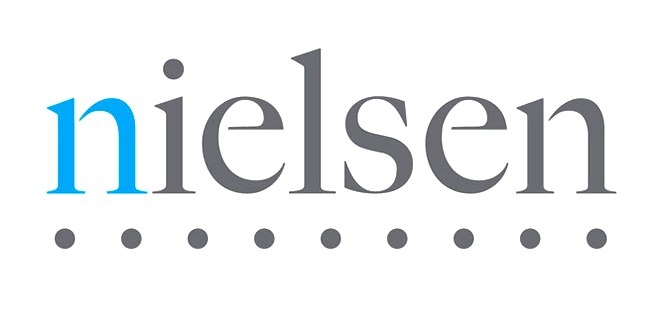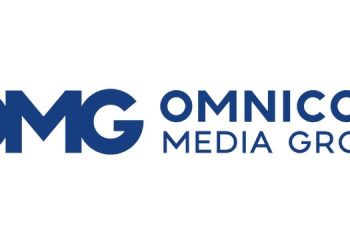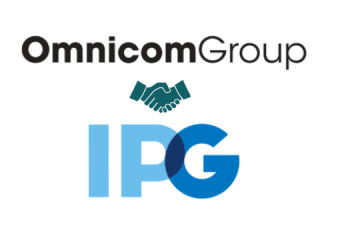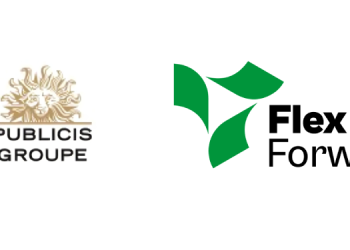
Just over one in every one hundred new products launched in Southeast Asia meet key innovation success criteria for distinctiveness, relevance and endurance, according to a new report published by Nielsen, the Breakthrough Innovation Report.
The Nielsen report is based on analysis of 2,500 consumer product launches in the top 20 FMCG categories in Malaysia, Indonesia, Philippines and Thailand. The analysis reveals that of the 2,500 product launches analysed, less than 2%, met the fundamental criteria for a successful product launch. Products were assessed on the degree to which they deliver a new value proposition to the market (distinctiveness), their ability to generate significant year-one sales (relevance), and their ability to achieve at least 90% of year-one sales in year two (endurance).
Just 10% of new products retain a retailer listing beyond their first year, highlighting the significant risk involved in investing in taking a new product to market.
“Thousands of new product launches fail in their first year, costing businesses millions of dollars, yet manufacturers can reverse these outcomes by changing their perspective on what drives innovation success,” emphasises Tobias Puehse, Nielsen’s Head of Innovation Analytics in Southeast Asia, North Asia and Pacific.
“Successful innovation is about deliberate attempts to touch all aspects of the innovation process and challenge everyday norms, such as consumer attitudes, long-standing beliefs, launch mechanics, organisational behaviour and disciplines.”
The Nielsen report highlights growing investment in innovation by local giants. Although big-budget product development is traditionally the realm of global brands, the local giants are increasingly driving their own home-growth innovation, with 54% of innovation successes driven by local giants.
“While the opportunity for innovation lies in understanding underlying consumer jobs to serve, the fierce competition and varied approaches to innovation between local contenders and global giants will elevate the FMCG industry to the next wave of growth, with consumers being the key beneficiaries,” observes Puehse.
Among the 2,500 product launches analysed, Nielsen identified three which stood out as underscoring the principles of breakthrough innovation – Japanese skin care line Hada Labo in Thailand, brandy manufacturer Emperador Light in the Philippines, and Nestlé’s Lactogen 4 in Malaysia.
1. Hada Labo, Thailand
When Hada Labo entered the highly competitive skin care category in Thailand it had a clear charter – remain flexible enough to address local consumer needs, maintain steadfast focus on creating a new niche for its products, and deliver on its commitment of superior quality. Hada Labo also gained insight into local consumer dynamics, enabling it to successfully leverage online channels to generate significant online buzz around its products and drive consumer recommendation – a powerful endorsement in Thailand.
Hada Labo is now ranked among the top 10 facial skin care products for women in Thailand, and achieved 6% growth in its second year, off the back of a strong first year.
2. Emperador Light, Philippines
Emperador Light was the first spirits manufacturer to enter the Philippines in the late 1980s. Its Light product offering is an evolution on its original range, which has been developed to appeal to a younger generation and take into account local market characteristics and priorities such as taste preferences and affordability. Its launch has been so successful that there are now several ‘copy-cats’ in the market trying to emulate Emperador Light’s success.
Today Emperador Light is the biggest selling brandy offering in the Philippines. The brand achieved an astounding 600% growth in its second year, following a successful first year.
3. Nestlé Lactogen 4, Malaysia
The launch of Nestlé’s Lactogen 4 offering in Malaysia was driven by one simple, powerful universal insight: mothers want their children to grow, happily and healthily. From here the Nestlé team identified a need to extend its existing Lactogen range to cater to children beyond three years of age.
Nestlé’s target market, the Malay community, largely resides in rural Malaysia and are lacking in knowledge about food nutrition. Nestlé bridged this gap through healthcare professionals and Government clinic nurses. The Nestlé team also went to great length to adapt its range for local cultural and religious needs, as well as simplifying the scientific messaging on its packaging.
The launch of Lactogen 4 in Malaysia was a resounding success, and in its second year the product achieved 74% growth over year one sales.
“There are a number of common themes across all three brands, in particular keeping the consumer’s needs central to innovation investment, understanding the consumer and competitive landscape, and focusing on innovating for local market needs rather than a globally-scaled approach,” notes Puehse.
“Breakthrough innovation is possible in any company, country and category,” concludes Puehse. “What’s most important is that companies remain focused on consumer needs versus exclusively focusing on driving production scale.”

















